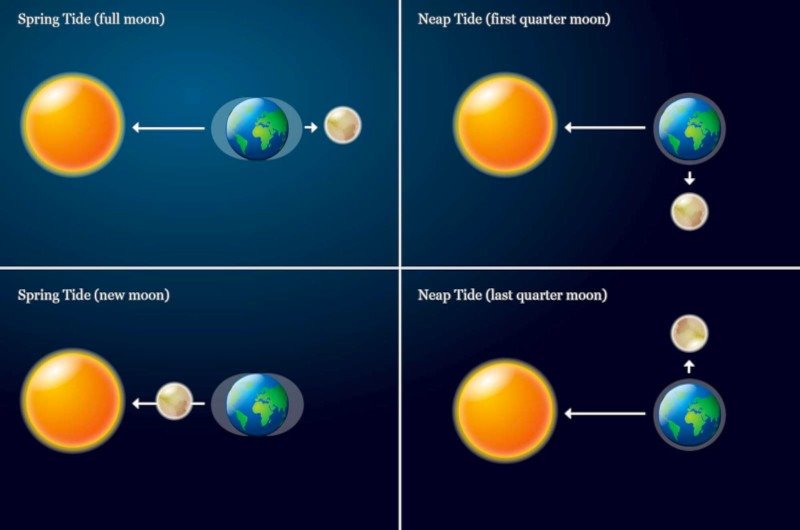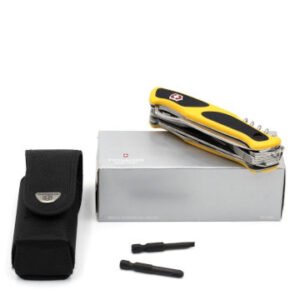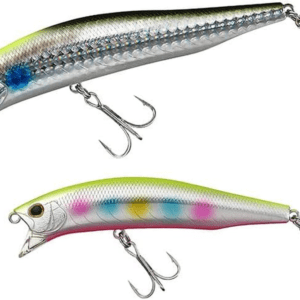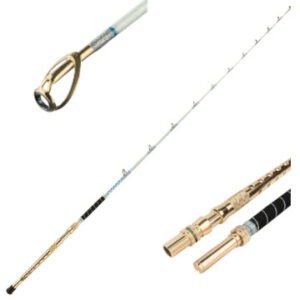Darwin Tides Interactive Tide Prediction

Live interactive predictions for tides & guide for yacht owners and fishermen in Darwin, Northern Territory, Australia.
Understanding Tidal Conditions for Northern Territory Waters: A Guide for Yacht Owners and Fishermen
The Importance of Tidal Awareness
For yacht owners and fishermen navigating the waters of the Northern Territory, especially off the coast of Darwin, a comprehensive understanding of tidal conditions is paramount. Tides are not merely natural phenomena but critical elements that significantly influence various aspects of maritime activities. The height and timing of tides can dramatically affect navigation routes, fishing opportunities, and overall safety on the water.
In terms of navigation, yacht owners must recognize that tidal fluctuations can alter water depths, especially in shallow areas. For those operating vessels with deeper drafts, this variability can result in grounding or running aground in unanticipated locations. Conversely, sailors seeking to take advantage of tidal currents may find that specific timings can either hinder or expedite passage through narrow straits and channels. Assessing tidal charts becomes essential for planning routes, ensuring that sailors make informed decisions regarding their travels.
Fishing practices too are closely tied to tidal influences. Fish behavior often correlates with tidal changes, affecting feeding patterns and, subsequently, fishing success. Experienced fishermen understand that certain times, specifically during rising or falling tides, can create optimal conditions for catching specific species. Additionally, the interaction of tides with weather patterns and wind conditions can shape water temperature and salinity levels, which impact fish habitats and migratory routes. Hence, planning fishing trips around these tidal cycles enhances not only the likelihood of a successful catch but also promotes sustainable fishing practices.
Acknowledging the interplay of tides with prevailing weather and currents underscores the necessity for thorough planning before embarking on any maritime journey. Whether for leisure or industry, being cognizant of tidal conditions ultimately contributes to maximizing both safety and productivity for yacht owners and fishermen alike.
Tides in Darwin: What You Need to Know
Understanding tidal patterns in Darwin is essential for yacht owners and fishermen, as they significantly influence water activities in the Northern Territory. The region is characterized by a semi-diurnal tide pattern, meaning there are typically two high tides and two low tides within a 24-hour period. To ensure safe and productive excursions, familiarity with local tide tables is crucial. These tables detail the specific timings and heights of high and low tides throughout the lunar month, including spring and neap tides that occur roughly every two weeks.
Spring tides, characterized by their higher than normal tidal ranges, occur during the full moon and new moon phases. In contrast, neap tides feature lower tidal ranges and take place during the first and third quarters of the moon. For yacht owners, understanding these cycles is vital for planning outings since the height and timing of tides can affect navigation, anchorage, and fishing opportunities. It is advisable to consult local tide charts regularly, as they provide accurate predictions and insights into these shifting patterns.
The geography of Darwin also plays a significant role in tidal conditions. The bathymetry of coastal waters, such as the presence of bays, inlets, and reefs, can trap tidal waters, leading to variations in tidal heights across different locations. Furthermore, seasonal changes, including monsoon influences and regional weather patterns, can affect tide levels and timings. Such variations necessitate a flexible approach to planning activities on the water, especially during peak monsoon seasons when tidal ranges may be exacerbated. By staying informed and aware of these factors, yacht owners and fishermen can navigate the waters of Darwin more safely and enjoyably.
Weather and Sea Conditions Impacting Tides
The relationship between weather conditions and tidal activities is particularly significant in the Northern Territory waters, where fluctuating environments affect the sailing and fishing experiences for yacht owners and fishermen alike. Wind patterns play a crucial role in influencing sea state, which in turn impacts how tides behave. For example, strong winds can generate waves that complicate navigation and fishing activities. Understanding local wind patterns can thus aid boaters and anglers in planning more effectively to ensure safety and optimize their experience on the water.
Furthermore, sea temperatures are vital in enhancing or inhibiting aquatic life, which has a subsequent effect on fishing effectiveness. Warmer waters tend to attract a variety of fish species, making these periods optimal for fishing. However, sea temperatures are also influenced by prevailing weather conditions, necessitating continuous monitoring by those engaging in tidal activities. This correlation emphasizes the need for fishermen to stay informed about upcoming weather changes that could affect fish behavior and availability.
Mitigate Risks
Visibility is another critical element that enhances or detracts from overall boating experiences. Poor visibility, often a result of adverse weather conditions such as fog, rain, or storms, can lead to hazardous navigational challenges. It is essential for yacht owners to utilize weather forecasts effectively, enabling them to prepare adequately for changes that may occur. Investing in reliable forecasting tools and staying informed about local weather alerts can significantly mitigate risks associated with unexpected weather patterns.
Yacht owners and fishermen should regularly check updated tide tables and weather forecasts to make informed decisions. By staying aware of these conditions, they can maximize their tidal activities and enhance their overall experiences on the water.
Optimizing Your Experience: Tips for Fishing, Sailing, and Using Ports
To enhance your fishing and sailing adventures in the Northern Territory, a clear understanding of tidal conditions is paramount. One of the fundamental practices for selecting fishing spots involves timing your excursions to coincide with optimal tidal phases, as fish often exhibit different behaviors depending on the tide. The last hour of incoming tide is generally regarded as prime time for fishing due to increased fish activity. Conversely, the first hour of an outgoing tide can also yield productive results. Awareness of local fishing hot spots during these tidal phases can significantly increase your catch.
For sailing enthusiasts, the choice of timing is equally critical. Sailors should plan their journeys according to the tide schedules, avoiding extreme tides when possible for smoother navigational conditions. During low tide, shallow areas might become impassable, while during high tide, these same areas may be navigable but carry the risk of strong currents. It is advisable to consult tidal charts specific to the area and prepare for potential changes in wind patterns that may accompany tidal shifts.
Safety Considerations for Tides & Navigating Coastal Waters
While enjoying the Northern Territory‘s coastlines, safety should be your top concern. Keeping essential safety products handy, such as emergency beacons and flotation devices, is vital to ensuring a secure sailing experience. Additionally, having a man overboard rescue system on board can offer peace of mind to all crew members. Regular updates on tide and weather conditions from darwintides.com play a key role in keeping you informed and safe.
Utilizing local ports requires diligence, especially as tidal variations can affect dock access and launch conditions. Before heading out, assess your vessel for suitability to the expected tidal conditions. This includes checking the draft of your boat and ensuring that you have the appropriate lines and fenders to accommodate the range in water levels. It is also prudent to arrive at the port well ahead of the planned departure to account for any unexpected delays associated with tidal changes.
In conclusion, optimizing your fishing and sailing experiences in the Northern Territory relies heavily on an understanding of tidal conditions. Proper planning, timing, and preparation can facilitate safer and more enjoyable outings on the water. By taking these factors into consideration, both yacht owners and fishermen can enhance their adventures significantly.



